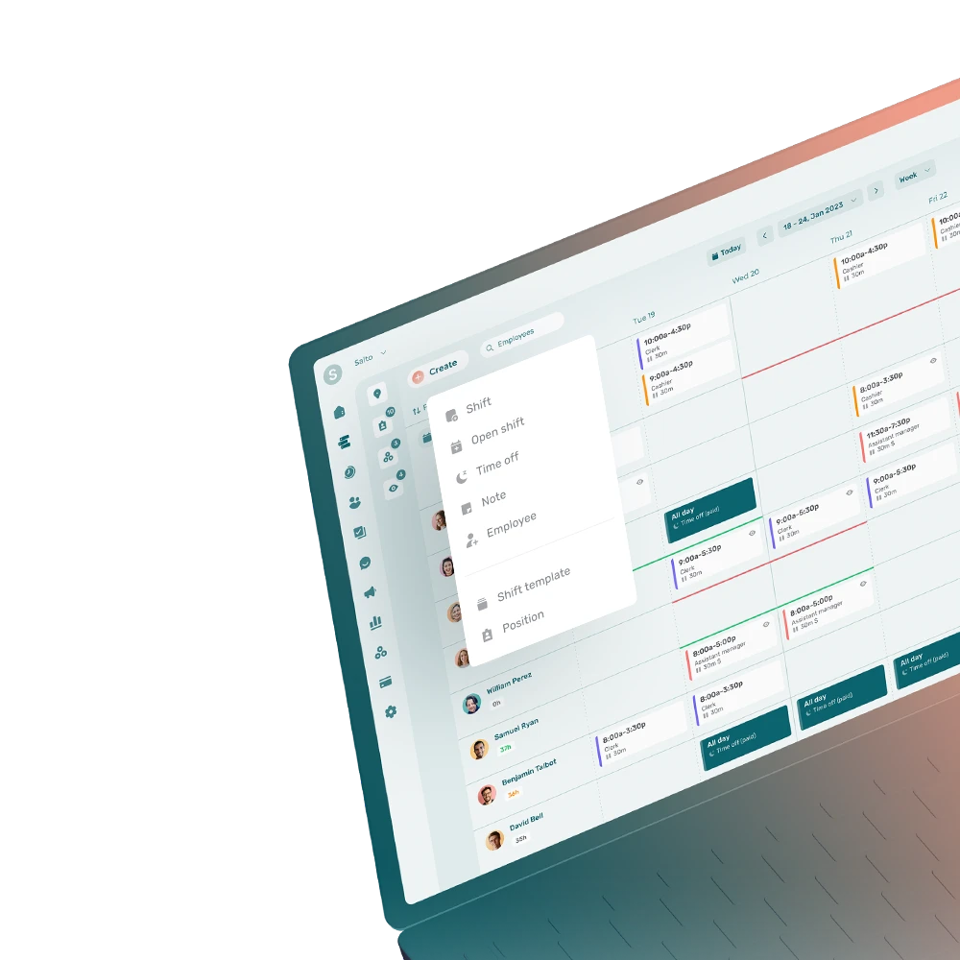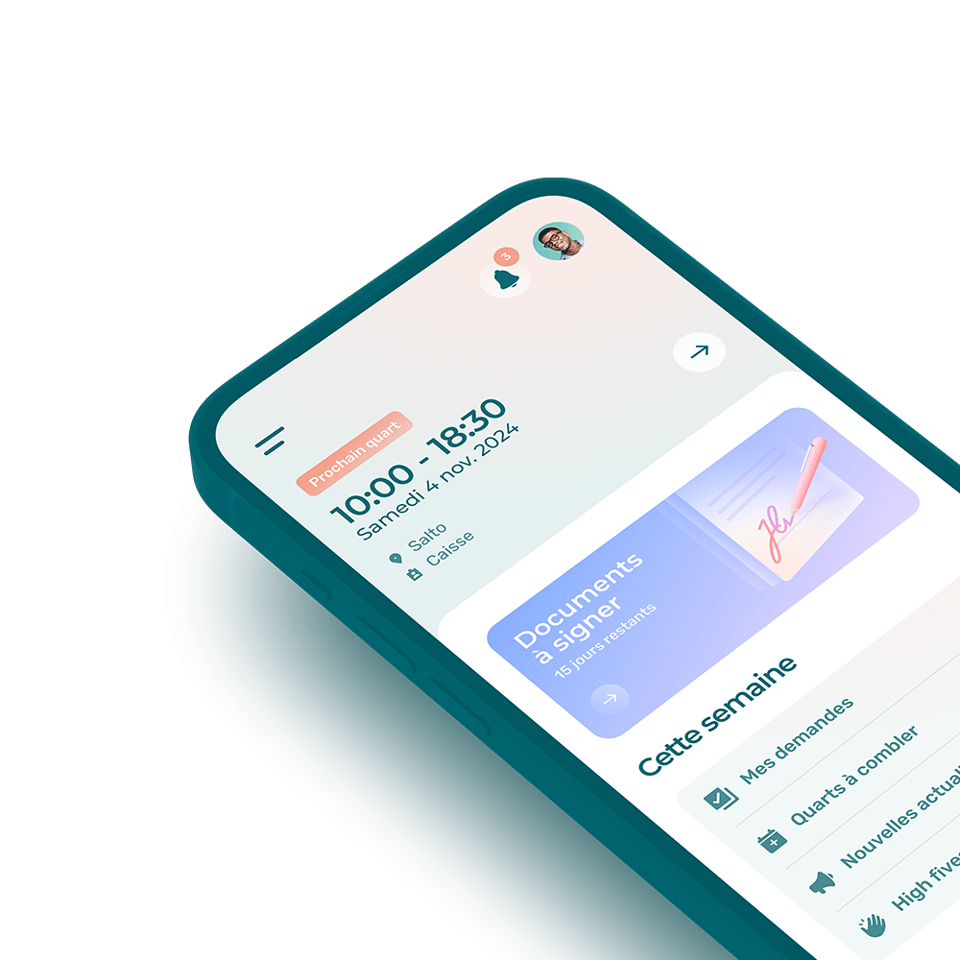Formal communication refers to a company’s official internal communication, including policies, announcements, and meetings.
What Are the Characteristics of Formal Business Communication?
Formal communication is generally written using sustained and official language. It typically comes from the company’s management team and serves as a guideline for members of the organization.
What Are Some Examples of Formal Business Communication?
Some examples of formal business communication are:
- A newsletter
- An email
- A press release
- An internal memo
- A team meeting
When Should Formal Business Communications Be Used?
Formal communications should be used in a company to convey any type of official information, such as:
- A change in remuneration plans
- A merger or acquisition
- A new HR policy
- The results of a performance evaluation
- A change of assignment
The more employees a company has, the more often formal communication will be used to ensure that everyone in the organization has the same information.
What Are the Different Types of Corporate Communication?
The types of communication used by companies generally include:
- Written communication: texts, letters, emails, etc.
- Visual communication: signs, images, logos, etc.
- Verbal communication: discussions, meetings, etc.
- Non-verbal communication: facial expressions, body language, spontaneous reactions, etc.
- Formal communication: official meetings, emails, memos, etc.
- Informal communication: spontaneous discussions, emails, etc.
What Is the Difference Between Informal and Formal Communication?
Formal communication includes information transmitted in an official manner. It is often shared by the managers or executives of a company.
Informal communication, on the other hand, has no set framework. The subject may be personal or professional.








